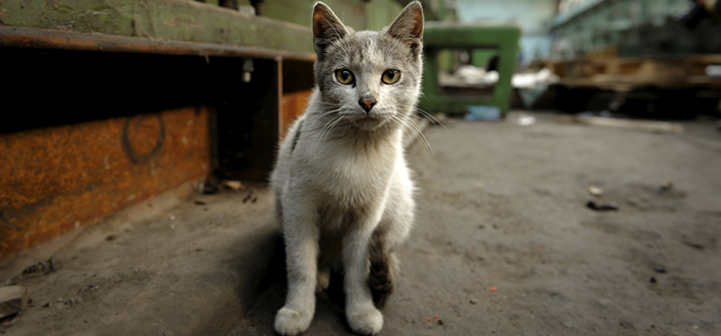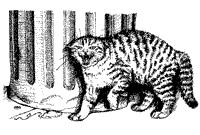|
Bobcats | Bobcat Overview | Bobcat Damage Assessment | Bobcat Damage Management | Bobcat Resources | Bobcat Acknowledgments | ICWDM | Wildlife Species Information |
Contents |

Research based wildlife control information
|
Bobcats | Bobcat Overview | Bobcat Damage Assessment | Bobcat Damage Management | Bobcat Resources | Bobcat Acknowledgments | ICWDM | Wildlife Species Information |
Contents |
|
Polar Bears | Polar Bear Overview | Polar Bear Damage Assessment | Polar Bear Damage Management | Polar Bear Resources | Polar Bear Acknowledgments | ICWDM | Wildlife Species Information |
Contents |
|
Feral House Cats | Feral House Cat Overview | Feral Cat Damage Assessment | Feral Cat Damage Management | Feral Cat Resources | Feral Cat Acknowledgments | ICWDM | Wildlife Species Information |

Feral cats feed …
|
Feral House Cats | Feral House Cat Overview | Feral Cat Damage Assessment | Feral Cat Damage Management | Feral Cat Resources | Feral Cat Acknowledgments | ICWDM | Wildlife Species Information |
Contents |
|
Bobcats | Bobcat Overview | Bobcat Damage Assessment | Bobcat Damage Management | Bobcat Resources | Bobcat Acknowledgments | ICWDM | Wildlife Species Information |

Bobcats are opportunistic predators, feeding on poultry, sheep, goats, …
|
Bobcats | Bobcat Overview | Bobcat Damage Assessment | Bobcat Damage Management | Bobcat Resources | Bobcat Acknowledgments | ICWDM | Wildlife Species Information |
Contents |
|
Feral Dogs | Feral Dog Overview | Feral Dog Damage Assessment | Feral Dog Damage Management | Feral Dog Resources | Feral Dog Acknowledgments | ICWDM | Wildlife Species Information |
Contents |